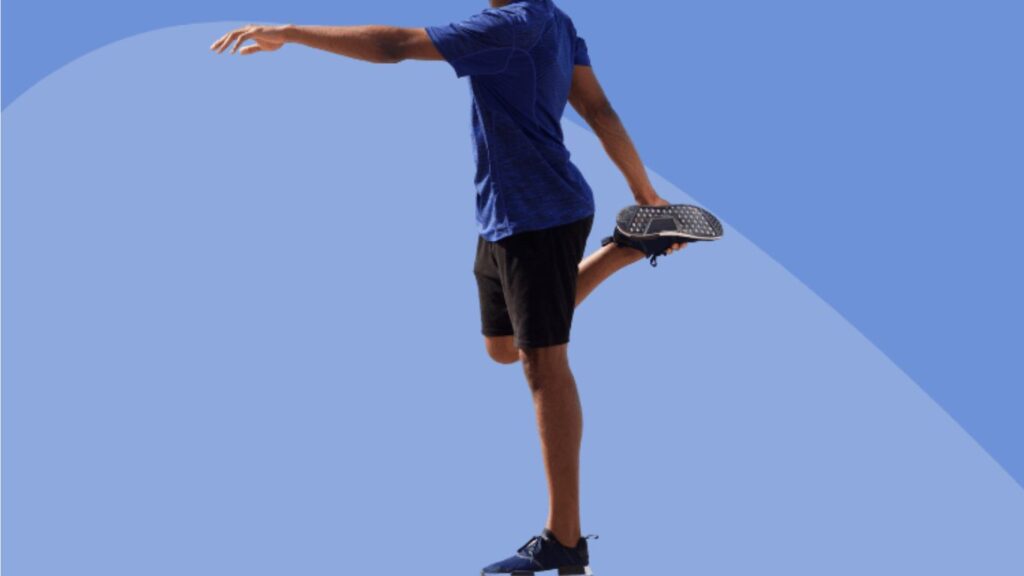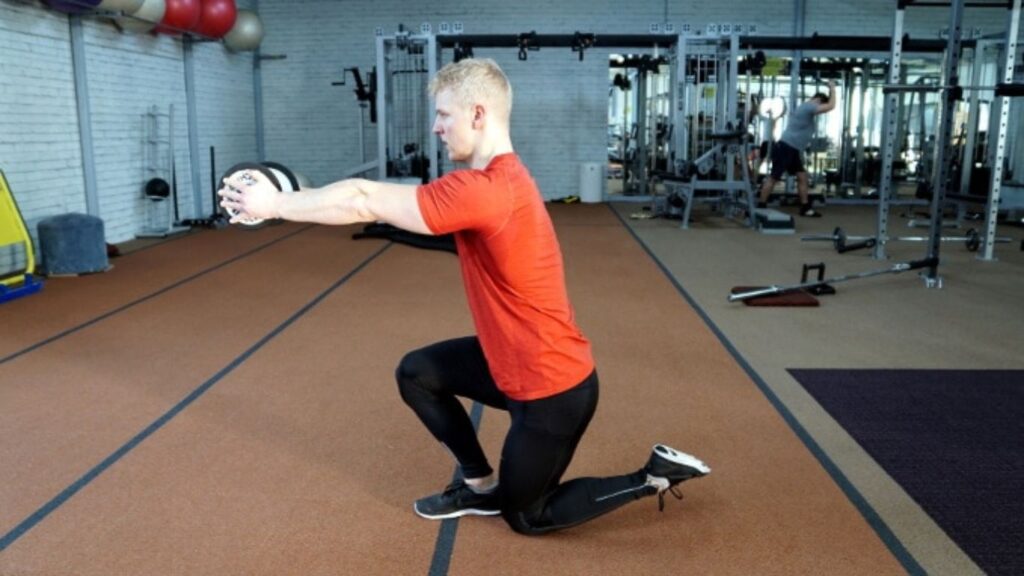The shrimp squat is a challenging single-leg exercise that plays a pivotal role in developing unilateral strength. By requiring balance and stability, it targets the glutes, quads, hamstrings, and calves, promoting exceptional lower body strength and muscle coordination. This exercise engages core muscles to maintain proper posture and control while enhancing balance and agility. With its focus on one leg, the shrimp squat helps identify and correct muscle imbalances, contributing to better athletic performance and injury prevention. The goal of this blog is to provide detailed techniques and progressions to guide readers through mastering this powerful movement.
Shrimp Squat: Techniques and Progressions for Building Unilateral Strength
Benefits of the Shrimp Squat
The shrimp squat offers several significant benefits, particularly by enhancing balance, coordination, and core stability. By requiring participants to stabilize their entire body on one leg while controlling movement, it engages the core and improves balance. The coordinated effort required by this single-leg exercise fosters muscle control and agility, crucial for athletic performance.
Furthermore, the shrimp squat builds significant strength in the glutes, hamstrings, quadriceps, and calves. This compound movement strengthens each muscle group involved in stability and explosive leg power, which is essential for sports requiring sprinting, jumping, or quick direction changes.
Unilateral strength development is crucial for injury prevention and correcting muscular imbalances. By training each leg independently, the shrimp squat exposes weaknesses and imbalances, allowing athletes to address them directly. This corrective aspect helps prevent overcompensation injuries and ensures both legs are equally strong, providing a balanced foundation for all physical activities.
Prerequisite Strength and Mobility Requirements
The shrimp squat requires adequate strength and mobility for safe execution. A strong core and good hip mobility are crucial to maintain balance and posture. The standing leg must support the entire body’s weight, and the ability to engage the hip flexors and glutes is essential for proper movement.
To build foundational strength, preliminary exercises like lunges and Bulgarian split squats are effective, training the muscles for unilateral movement. Hip flexor stretches and dynamic leg swings also help loosen up tight muscles, ensuring full range of motion. These preparatory exercises help improve stability, strength, and flexibility before attempting the shrimp squat.
Step-by-Step Shrimp Squat Technique
Step-by-Step Guide to Performing the Shrimp Squat with Correct Form
Step 1: Starting Position
Stand tall with your feet hip-width apart. Balance on one leg, bending the opposite knee and gripping that foot behind you with one or both hands. This tuck minimizes the weight of the non-working leg, ensuring stability. Engage your core muscles to maintain a neutral spine and focus on a point ahead to assist with balance.

Step 2: Lowering Phase
Begin the descent by bending the knee of your standing leg. Lower yourself gradually while keeping your chest upright. As you descend, focus on maintaining control, allowing your trailing knee to move directly down while keeping the tucked foot behind. Lean forward slightly for better stability, ensuring the working knee doesn’t cave inward.
Step 3: Bottom Position
At the lowest point, your kneeling knee should gently touch the floor while your standing leg forms a deep bend. Keep your core tight and ensure your torso remains balanced over your standing leg. Avoid placing weight on the kneeling knee.
Step 4: Ascending Phase
Push through the heel of your standing leg to rise back up while keeping the non-working foot tucked. Straighten the knee fully to return to the starting position, ensuring your balance is maintained throughout the movement. Repeat for the desired number of repetitions before switching legs.
Common Mistakes and How to Avoid Them
Common mistakes in the shrimp squat include rounding the back, losing balance, and placing excessive weight on the trailing knee. Rounding the back often stems from a lack of core engagement, leading to poor posture and strain. To correct this, engage the core and maintain an upright chest.
Losing balance can result from improper focus or weak stabilizing muscles. Fix this by focusing on a fixed point ahead and practicing single-leg balance exercises. Finally, placing weight on the trailing knee can cause discomfort; keep the foot firmly tucked while distributing weight evenly through the standing leg. Controlled, slow movement is key for safe execution.
Progressions and Modifications
For those unable to perform a full shrimp squat, starting with a box or bench for support is helpful. Lower yourself onto the box, focusing on form and gradually increasing depth as you gain confidence. Another option is to limit the range of motion, descending partially to build strength in the working leg.
Advanced practitioners can challenge themselves by adding weight, holding a dumbbell or kettlebell against the chest. Eccentric-only repetitions, where you lower slowly to the floor without rising back up, can also improve strength and control.
Gradually reduce assistance, whether it’s using a box, support, or partial reps. Practice consistently, aiming for deeper squats and eventually removing support entirely until you can master the full shrimp squat with proper form.
Sample Shrimp Squat Workout Plans
Beginner-Friendly Workout Plan
Focus on learning proper form with basic exercises like lunges, split squats, and step-ups to build foundational strength. Incorporate hip flexor and calf stretches for mobility. Aim for 3 sets of 10-12 reps of each exercise twice weekly, practicing balance drills to support shrimp squat progressions.
Intermediate Workout Plan
Incorporate progressive overload by adding resistance through dumbbells or weighted vests. Perform Bulgarian split squats and step-ups to build unilateral strength. Work on partial shrimp squats with box assistance. Do 3-4 sets of 8-10 reps for each exercise thrice a week, increasing weight or reps periodically.

Advanced Workout Plan
Integrate shrimp squats into a high-intensity circuit that includes pistol squats, single-leg Romanian deadlifts, and explosive box jumps. Alternate exercises in a circuit fashion, performing 4 sets of 6-8 reps with minimal rest. Add weight for more challenge or include eccentric-focused shrimp squats to maximize intensity and strength gains.
Final Thoughts
The shrimp squat, with its focus on unilateral strength, balance, and flexibility, is a challenging yet rewarding exercise that can significantly enhance athletic performance and injury resilience. By starting with preparatory exercises and progressing through beginner-friendly modifications, you can safely build the foundational strength needed to perform this movement. Intermediate and advanced training plans further challenge your stability and control, helping you reach new heights in functional fitness. Incorporate shrimp squats thoughtfully into your routine, emphasizing form over intensity, and celebrate every improvement along the way to mastering this powerful, dynamic exercise. The journey will be worth the effort!
Also read: Is Muscle Failure Important for Muscle Growth? A Deep Analysis
